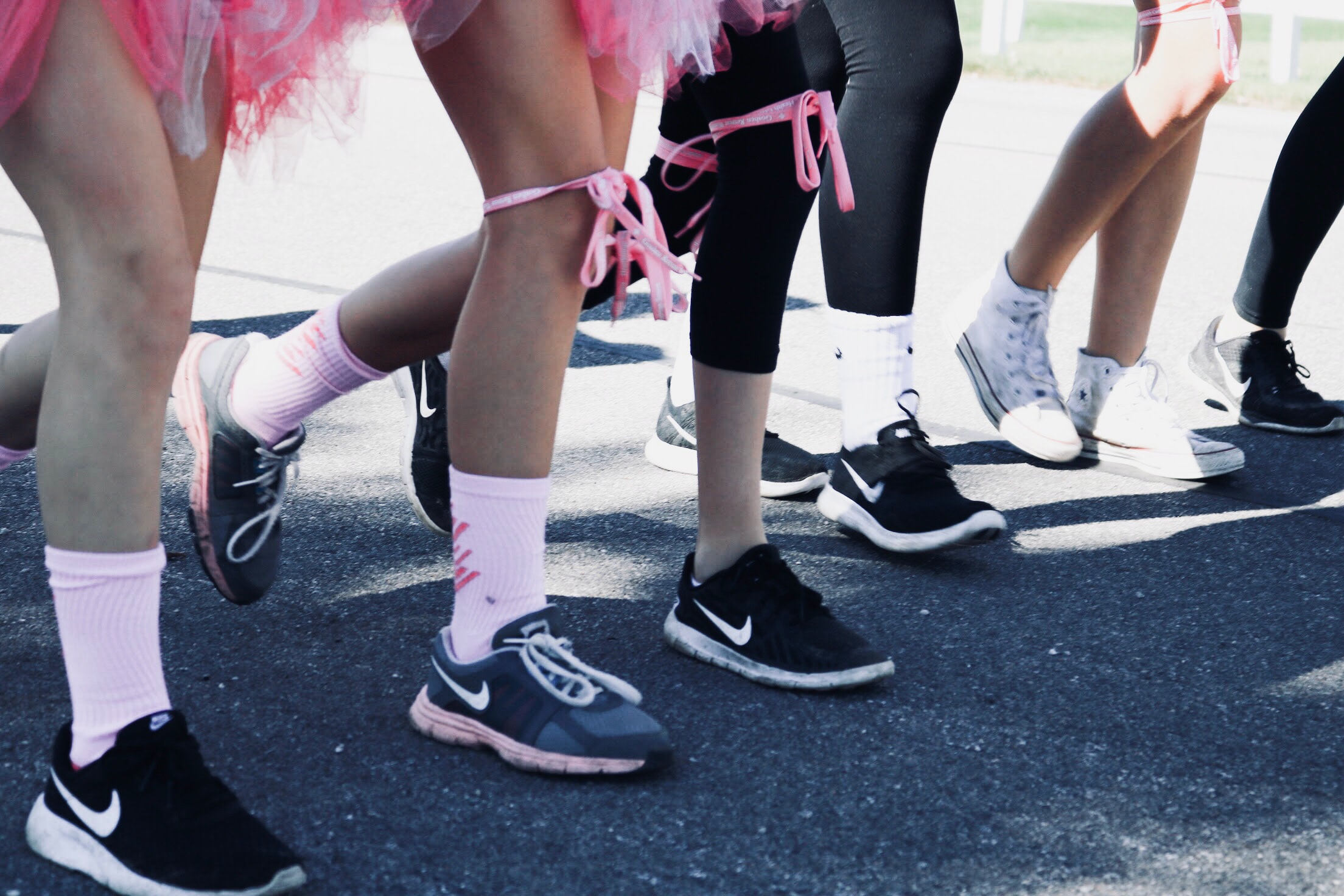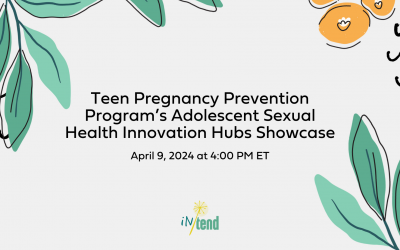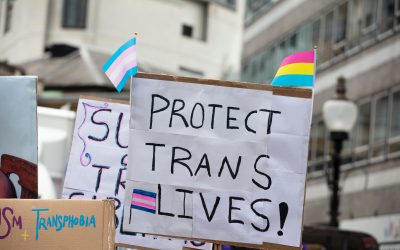
Do we need a ribbon to help support the cause of teen pregnancy prevention and supporting pregnant and parenting teens? Will a pervasive symbol help motivate people to support our cause?

By Gina Desiderio
February 8, 2012
The controversy surrounding the pink ribbon, however, and what it means to support it, is not new. In September 2003, Ms. Magazine published an article, “Think Before You Pink,” suggesting we should be more discriminating in how we donate funds because the funding may not always go to the cause we expect. Komen has been under fire in the past for using its funds to sue other nonprofits who use its language, “for the cure,” as well as campaigns with questionable partners whose products do nothing for overall health, let alone breast cancer prevention or treatment. Critics call into question the value in pursuing treatment and detection as primary goals, rather than prevention. The ribbon, itself, with its pink color and ties to feminine stereotypes, is suspect, as Barbara Ehrenreich, a breast cancer survivor, analyzes as she is involuntarily inundated with pink while undergoing treatment.
As Komen backpedals from this decision, trying to regain its lost public support, both emotional and financial, and restore its image as a nonprofit foundation serving women, I’m stuck reflecting on the ribbon as a symbol, and its role in activism and raising awareness for a cause.
As Komen backpedals from this decision, trying to regain its lost public support, both emotional and financial, and restore its image as a nonprofit foundation serving women, I’m stuck reflecting on the ribbon as a symbol, and its role in activism and raising awareness for a cause.Komen wasn’t the first to use a ribbon, but the pink ribbon is arguably the omnipresent ribbon. Google any cause, however, and you’re likely to find a ribbon attached in an attempt to raise awareness and activism. The Komen fiasco made me wonder if there is a ribbon related to teen pregnancy prevention, or supporting pregnant and parenting teens. I’ve been working in the field of adolescent sexual and reproductive health for more than five years, and yet a ribbon didn’t immediately come to mind. A quick search revealed some links, buried halfway down the page, to a white ribbon for teen pregnancy prevention. Clearly, this symbol is nowhere near as successful as the pink ribbon.
And yet, what’s in a ribbon? Do we need a ribbon to help support the cause of teen pregnancy prevention and supporting pregnant and parenting teens? Will a pervasive symbol help motivate people to support our cause?
I don’t think so. Sure, the pink ribbon is a very successful symbol for Komen—you see a pink product, and you assume that if you buy it, you’ll be supporting women’s health. And who doesn’t want to support women’s health? Supporting the pink ribbon is a way to (at least appear to) support women without being controversial or addressing hot button topics like abortion or contraception. The Komen fiasco, last week, however, surfaced the fact that supporting Komen’s pink ribbon doesn’t necessarily mean supporting women’s health.
The ribbon is used as a symbol to promote awareness and activism, and yet many critics question this. We even have a new term emerging to indicate that wearing a ribbon may not necessarily do anything to help further a cause: slactivism.
The ribbon is used as a symbol to promote awareness and activism, and yet many critics question this. We even have a new term emerging to indicate that wearing a ribbon may not necessarily do anything to help further a cause: slactivism. Formed from the root words, “slacker” and “activism,” Wikipedia informs us that “The word is usually considered a pejorative term that describes “feel-good” measures, in support of an issue or social cause, that have little or no practical effect other than to make the person doing it feel satisfaction.”
Does teen pregnancy prevention and supporting pregnant/parenting teens need a ribbon? Probably not. But at Healthy Teen Network, we consistently hear from our members and colleagues that framing the issue continues to be a challenge. It’s difficult to advocate for our cause. And sex education is certainly a hot button topic.
Those of us in the field of adolescent sexual and reproductive health have no doubt why we work for our cause. On our part, Healthy Teen Network envisions a national community where all adolescents and young adults, including teen parents, are supported and empowered to lead healthy sexual, reproductive, and family lives. This is a vision that seems to be tied to human rights, equity…and yet, the question of HOW we accomplish this vision is what so often becomes the debate, the controversy.
The good news is that we are making strides toward positive health outcomes for youth. Today, the Guttmacher Institute released the latest data on teen pregnancy rates for 2008. Approximately 7% of US teens became pregnant in 2008, with a rate of 67.8 pregnancies per 1,000 women, aged 15-19. The teen pregnancy rate has declined 42% from its peak in 1990, when the pregnancy rate was 116.9 per 1,000 women, aged 15-19.
However, what we also learn from this report is that we still have much work to do. Although pregnancy, birth, and abortion rates have declined across racial and ethnic groups, we continue to see persistent health disparities. Teen pregnancy rates among black and Hispanic youth continue to be 2-3 times as high as that of their non-Hispanic white peers.
But true activism, true advocacy, will go much further in supporting adolescents’ health and well-being, so that we may continue to see declines not only in teen pregnancy, birth, and abortion rates, but also declines in health disparities for marginalized youth.
Our field doesn’t need a ribbon, or more slactivism. We need more awareness and more support (specifically, more funding) for youth and sexual and reproductive health services and education. A powerful symbol like the ribbon, marketed as effectively as Komen at least previously managed to do would be a great way to draw broader attention to our cause. But true activism, true advocacy, will go much further in supporting adolescents’ health and well-being, so that we may continue to see declines not only in teen pregnancy, birth, and abortion rates, but also declines in health disparities for marginalized youth.
Gina Desiderio, MA, is Director of Communications for Healthy Teen Network and oversees all of our communications and dissemination. Working here has only sometimes prepared Gina for spontaneous sex-positive conversations with her two young sons. Read more about Gina.











